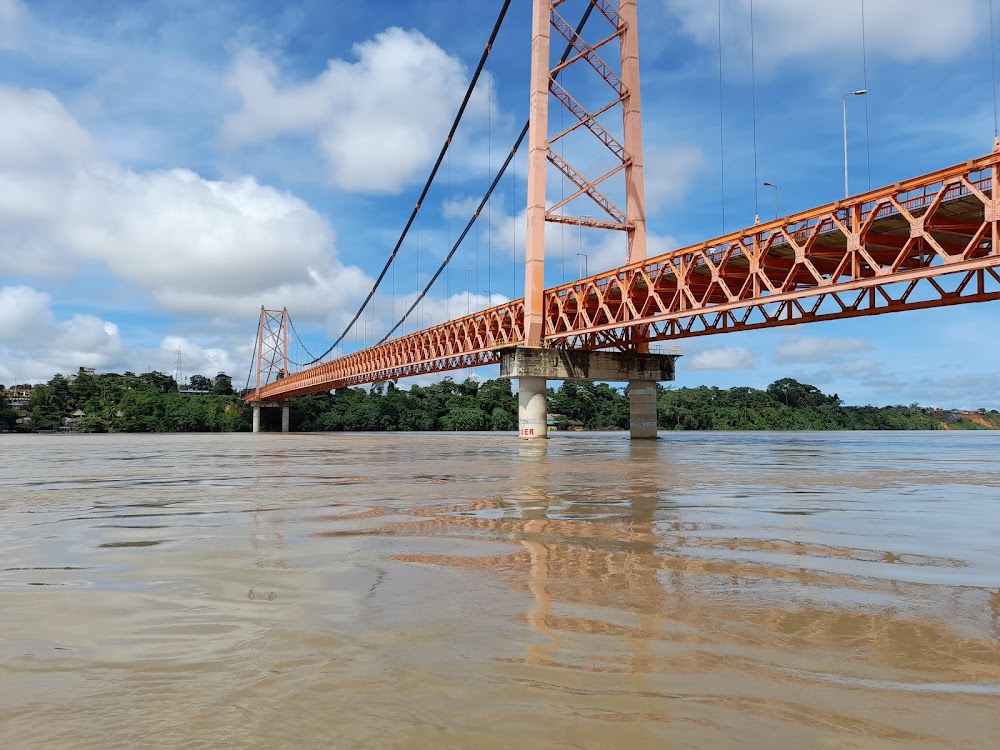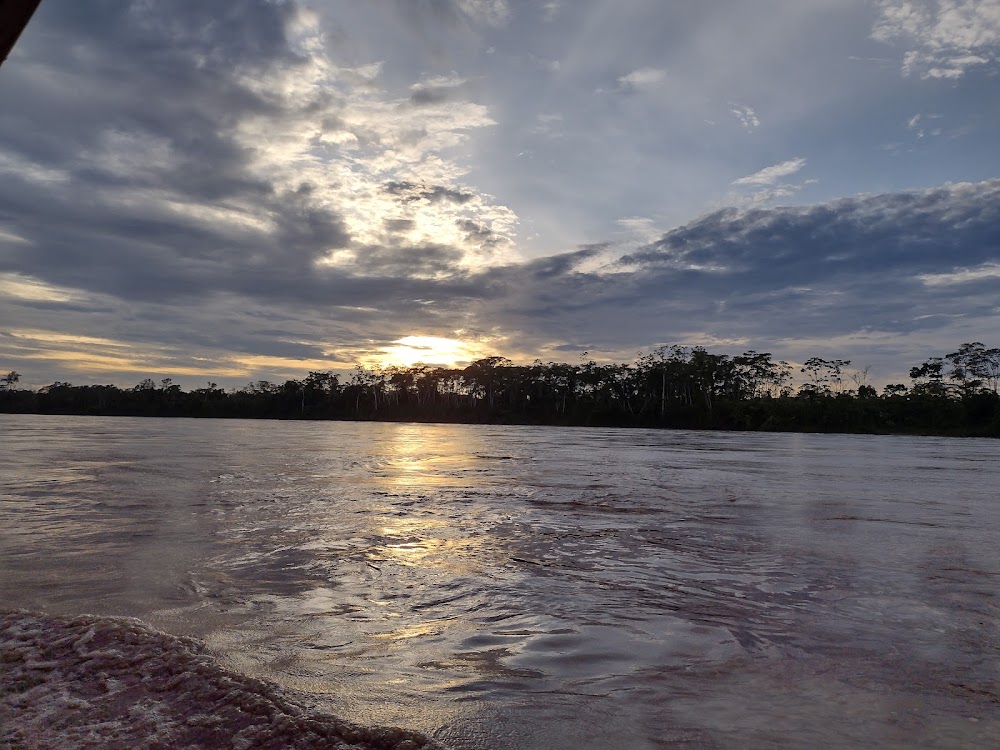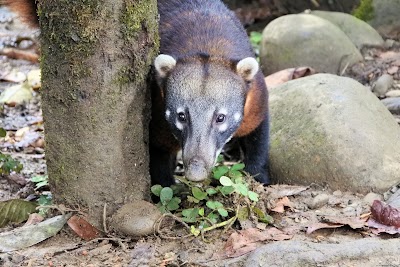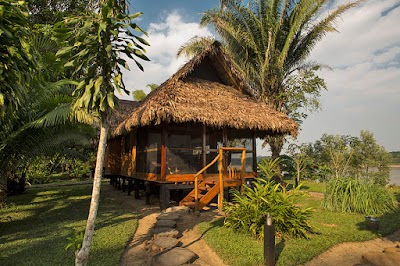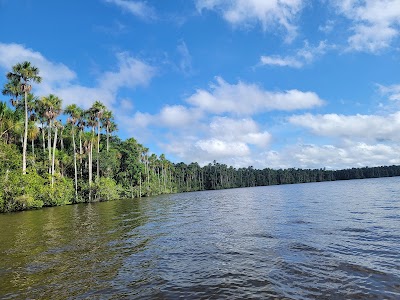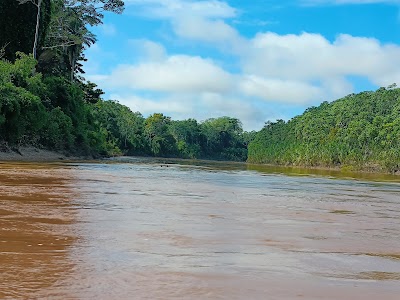Madre de Dios River (Río Madre de Dios)
Overview
The Madre de Dios River is the lifeblood of the Peruvian Amazon, gracefully weaving through the lush rainforest of Madre de Dios. This magnificent river originates from the confluence of the Manu and Alto Madre de Dios rivers in southeastern Peru. Over centuries, it has carved pathways through the dense jungle and fertile plains, nurturing a vibrant ecosystem and providing sustenance for the diverse communities and wildlife that call this region home.
The story of the river's formation is a tale shaped by millions of years of geological activity. The Andes Mountains, birthed from tectonic plate movements, give rise to many tributaries that converge to create the Madre de Dios River. The rich soil from the mountains, eroded by rain, flows into the river, enriching the surrounding rainforest and supporting its dynamic life.
As a major tributary of the larger Amazon River, the Madre de Dios plays a crucial role in maintaining the ecological balance of the rainforest. During the rainy season, the river swells, flooding parts of the forest and creating natural reservoirs that sustain plant and animal life. These periodic floods are essential for dispersing nutrients and seeds, ensuring the continuous growth and regeneration of the dense forest.
Historically, the Madre de Dios River has served as a vital route for trade and travel. Indigenous communities such as the Ese Eja, Harakmbut, and Yine have inhabited its banks for centuries, relying on the river for fishing, transport, and sustenance. They skillfully crafted canoes from the forest’s bountiful resources to navigate the river’s serpentine courses and engage in trade with neighboring tribes.
In the 20th century, the discovery of rich gold deposits along the river transformed it into a hub for artisanal and small-scale mining. This influx of miners seeking fortune contributed to the establishment of towns and a burgeoning population in areas like Puerto Maldonado, the capital of the Madre de Dios region. While the gold rush spurred local economic growth, it also led to significant environmental concerns, including deforestation and water pollution. Efforts to balance economic interests with conservation are ongoing, as organizations and governments strive to promote sustainable practices.
The river has also attracted researchers and explorers drawn by its incredible biodiversity. Scientific expeditions have documented thousands of species of flora and fauna, some endemic to the region. The rich variety of life includes jaguars, giant river otters, macaws, and anacondas, making the Madre de Dios river basin a natural paradise for ecologists and tourists alike.
In recent years, tourism has become an essential part of the local economy. Ecotourism initiatives aim to showcase the natural beauty of the area while promoting conservation. Visitors from around the globe are drawn to the river for activities such as birdwatching, jungle trekking, and visiting indigenous communities to learn about their traditions and ways of life. Lodges and guided tours offer immersive Amazon rainforest experiences, highlighting the interconnectedness of the river, forest, and local cultures.
Rising environmental awareness has led to numerous conservation projects aimed at preserving the Madre de Dios River and its surroundings. Initiatives include reforestation efforts, sustainable agriculture frameworks, and river clean-up campaigns. Educational programs engage local communities in environmental stewardship, fostering a deeper appreciation for their natural heritage.
Thus, the tale of the Madre de Dios River is one of a dynamic relationship between nature and humanity. The river stands as a testament to the enduring, albeit sometimes turbulent, bond that people share with their environment. It serves as a gateway to understanding the delicate balance required to ensure that the vast Amazon rainforest continues to thrive for future generations.


